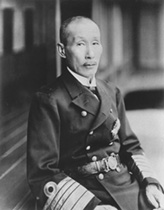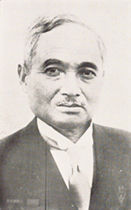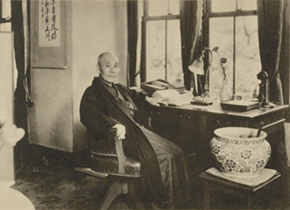People Involved in the Reconstruction of the Imperial City of Tokyo after the Great Kanto Earthquake
At 11:58 am on September 1, 1923, an earthquake of magnitude 7.9 occurred with its epicenter in western Kanagawa Prefecture. This earthquake is called the Great Kanto Earthquake.
Prime Minister KATO Tomosaburo had died of illness on August 24, and Minister of Foreign Affairs UCHIDA Kosai was serving as Prime Minister. YAMAMOTO Gonbei, who was appointed as the new Prime Minister, held the ceremony of imperial investiture at 7:00 pm on September 2 and formed a cabinet quickly. From the outset, the 2nd YAMAMOTO Cabinet was tasked with dealing with the earthquake disaster and carrying out reconstruction projects.
Members of the 2nd YAMAMOTO Cabinet
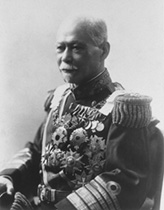
YAMAMOTO Gonbee
Prime Minister and Minister of Foreign Affairs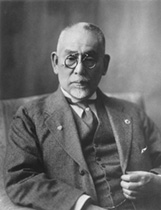
GOTO Shinpei
Minister of Home Affairs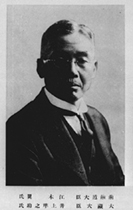
INOUE Junnosuke
Minister of Finance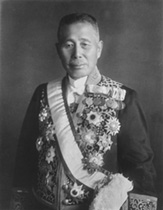
TANAKA Giichi
Minister of Imperial Army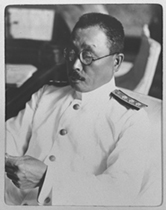
TAKARABE Takeshi
Minister of Imperial Navy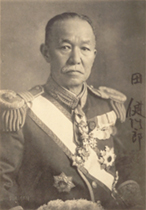
DEN Kenjiro
Minister of Justice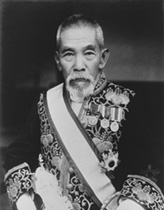
INUKAI Tsuyoshi
Minister of Communications and Minister of Education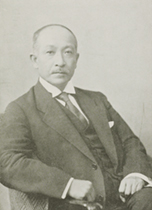
KABAYAMA Sukehide
Chief Secretary of the Cabinet
※Besides these member, there was YAMANOUCHI Kazuji, Minister of Railways.
Cabinet meeting during the Kanto Earthquake. The person in the front on the left is Prime Minister YAMAMOTO.
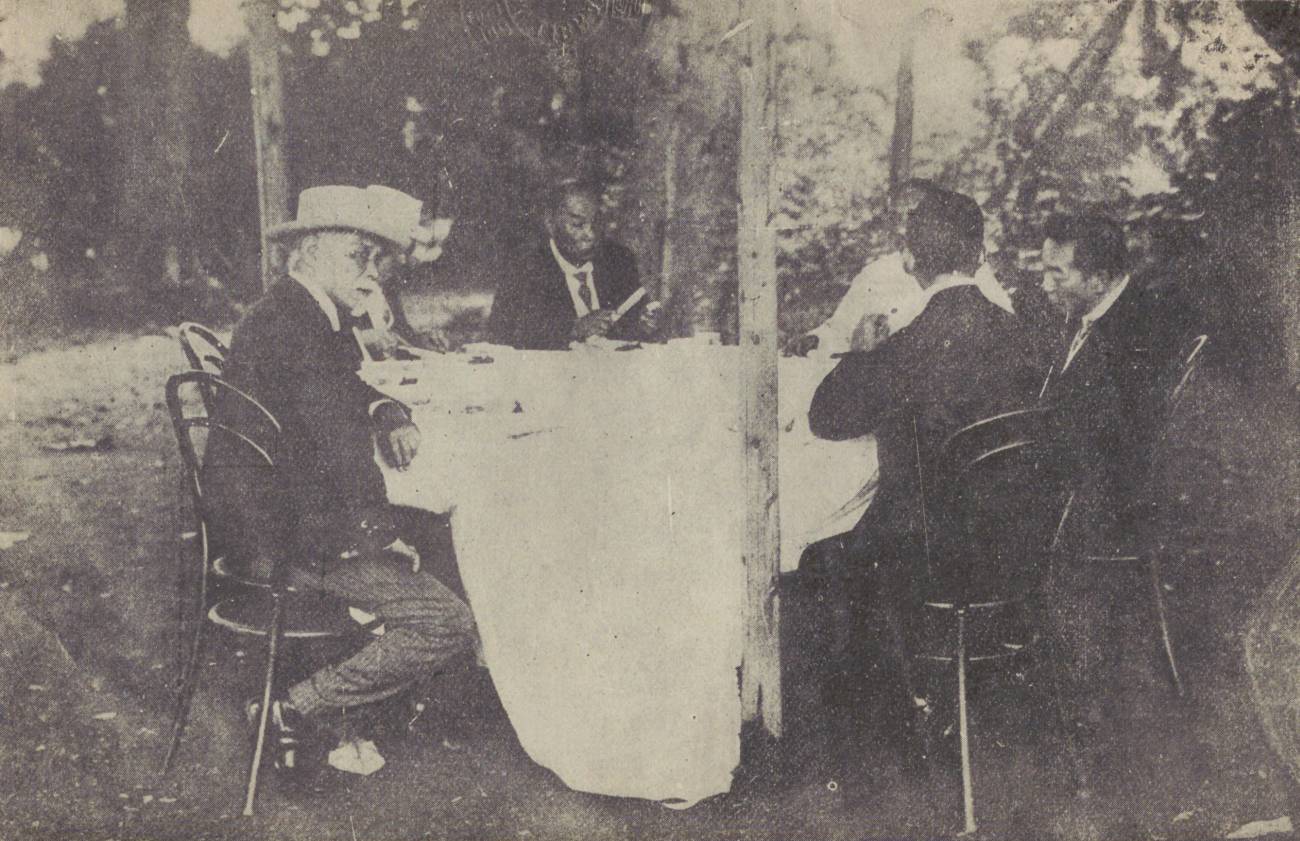
From Dainihon Yubenkai Kodansha(ed.), Taisho Daishinsai Daikasai, Dainihon Yubenkai Kodansha, 1923【526-51】(Available with Digitized Contents Transmission Service)
Deputy Prime Minister UCHIDA held a cabinet meeting on the day the earthquake struck, and the following day promulgated the necessary laws to provide relief measures for victims. He also imposed martial law on Tokyo, Kanagawa, Saitama and Chiba. On September 27, the YAMAMOTO Cabinet established the Teito Fukkoin (Imperial City Reconstruction Department) as an organization under the direct control of the prime minister to carry out reconstruction projects. GOTO Shinpei, Minister of the Interior, became president of the Fukkoin, and skilled engineers were gathered from all over the country.

GOTO Shinpei
President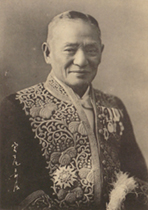
MIYAO Shunji
Vice-president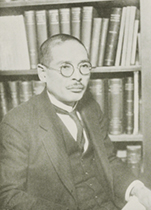
IKEDA Hiroshi
Planning director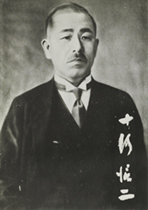
SOGO Shinji
Accounting director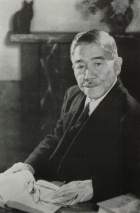
SANO Toshikata
Architecture director
Using his many connections, GOTO created a recovery plan. However, it cost too much money for large-scale extension of roads, expansion of parks and building a canal. At that time, the Toranomon Incident occurred, in which an anarchist shot at the crown prince, and Prime Minister YAMAMOTO resigned to take responsibility for the incident along with GOTO. MIZUNO Rentaro became the new president of the Fukkkoin.
After that, the Teito Fukkoin was abolished on February 25, 1924 and became the Reconstruction Bureau within the Ministry of the Interior. As a result, both the content and the budget of the reconstruction were reduced. Nonetheless, over 6 years at the Reconstruction Bureau, many projects were carried out in Tokyo and Yokohama, such as land readjustment, maintenance of main roads, maintenance of bridges, underground reserves such as gas and water pipes, maintenance of parks, designation of residential, commercial, and industrial areas, and geological surveys. Tokyo had 52 arterial roads made, which are still used today as major roads in the city.
Tokyo Land Readjustment Progress Map
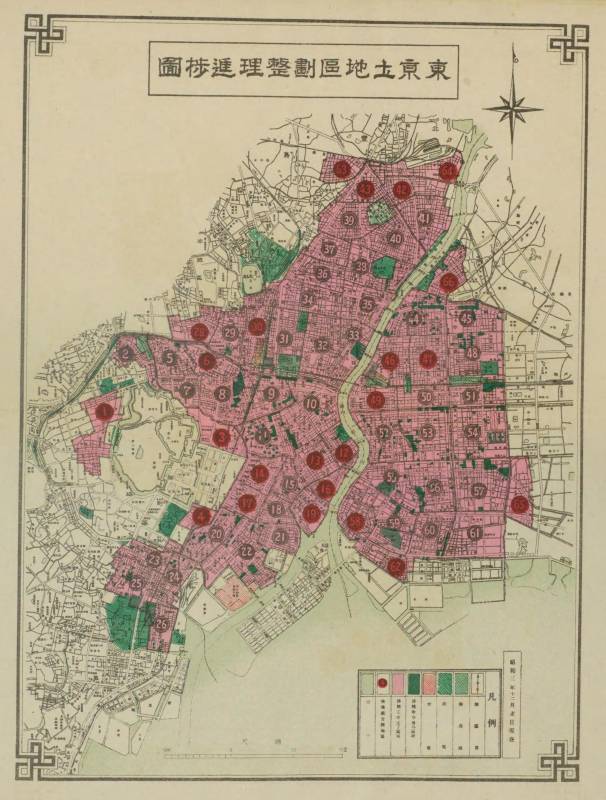
Yokohama City Land Readjustment Progress Map
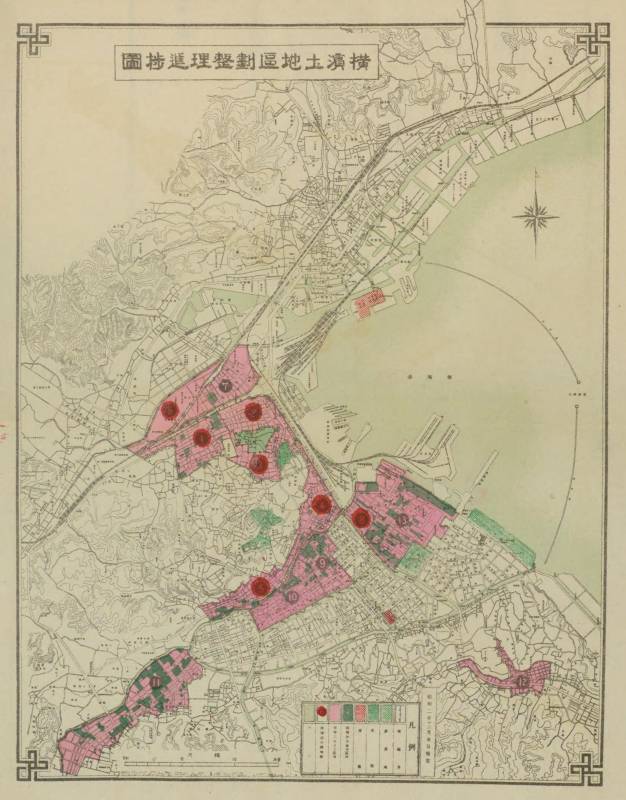
In addition to national projects, there were relief and reconstruction organizations run by private volunteers. Around 40 businessmen, led by SHIBUSAWA Eiichi, gathered at the Tokyo Chamber of Commerce on September 9, and volunteer members of the House of Peers and the House of Representatives also joined to form the Daishinsai-zengokai. The Zengokai raised donations for the purpose of reconstruction and relief for victims. A huge amount of donations were raised. The amount at that time was 60 million yen in Japan alone, as well as 10.5 million yen given by the Imperial Family, for a total of 70 million yen. Converted to the current value, this would be 210 billion yen. SHIBUSAWA also used his personal connections to raise a large amount of donations from overseas, including the United States.
Members of Daishinsai-zengokai
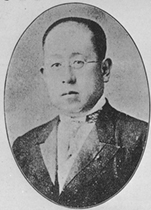
TOKUGAWA Iesato
1863 - 1940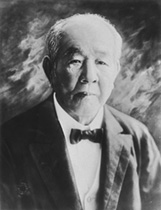
SHIBUSAWA Eiichi
1840 - 1931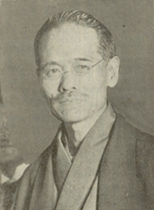
IZAWA Takio
1869 - 1949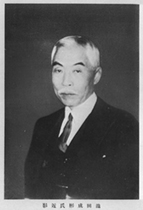
IKEDA Shigeaki
1867 - 1950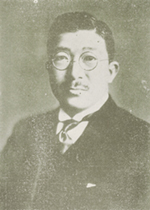
HATOYAMA Ichiro
1883 - 1959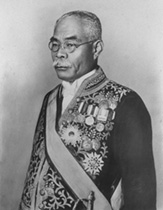
HAMAGUCHI Osachi
1870 - 1931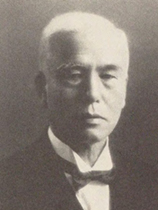
HATTORI Kintaro
1860 - 1934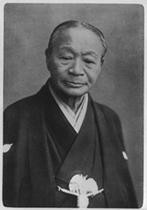
OKURA Kihachiro
1837 - 1928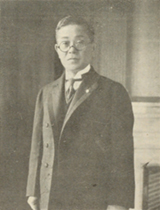
NEZU Kaichiro
1860 - 1940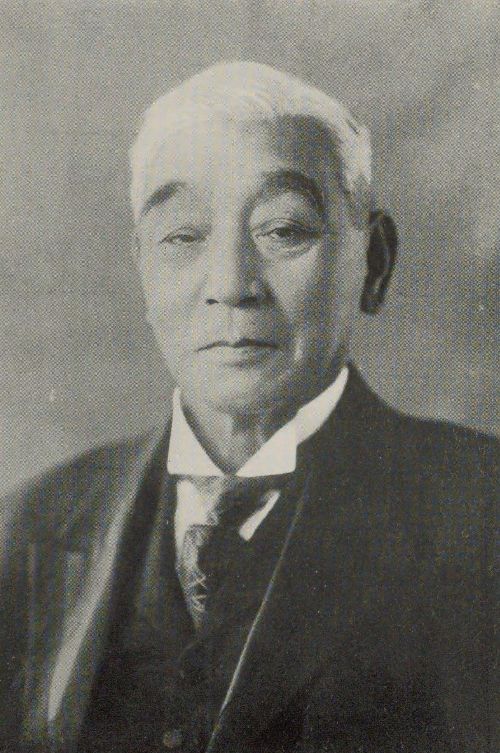
ASANO Soichiro I
1848 - 1930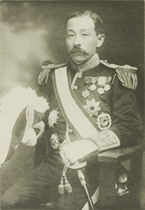
SAKATANI Yoshiro
1863 - 1941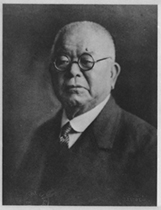
KITASATO Shibasaburo
1853 - 1931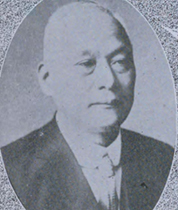
YASUKOCHI Asakichi
1873 - 1927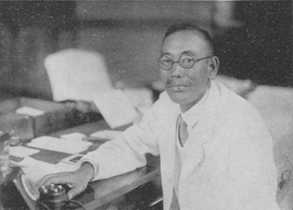
NAGATA Hidejiro
1876 - 1943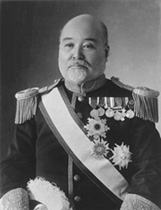
TAKAHASHI Korekiyo
1854 - 1936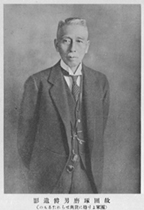
DAN Takuma
1858 - 1932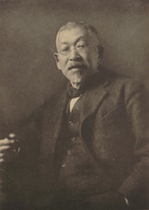
NAKAHASHI Tokugoro
1861 - 1934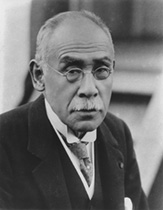
KATO Takaaki
1860 - 1926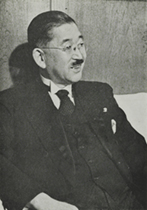
OKOCHI Masatoshi
1878 - 1952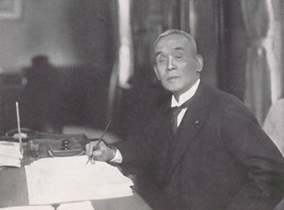
OKAWA Heizaburo
1860 - 1936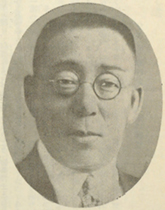
WAKAO Shohachi
1873 - 1943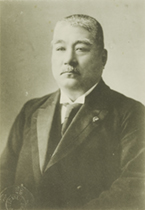
WADA Toyoji
1861 - 1924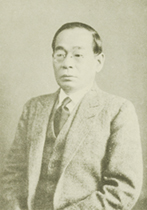
KAGAMI Kenkichi
1869 - 1939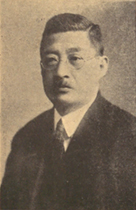
TANOMOGI Keikichi
1867 - 1940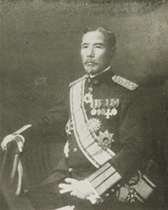
SOEDA Juichi
1864 - 1929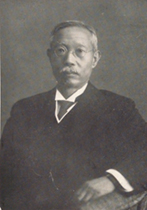
YAMAMOTO Teijiro
1870 - 1937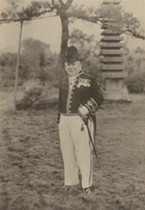
MAGOSHI Kyohei
1844 - 1933
Donors from Overseas
Kifusha Homeiroku Gaikoku no bu
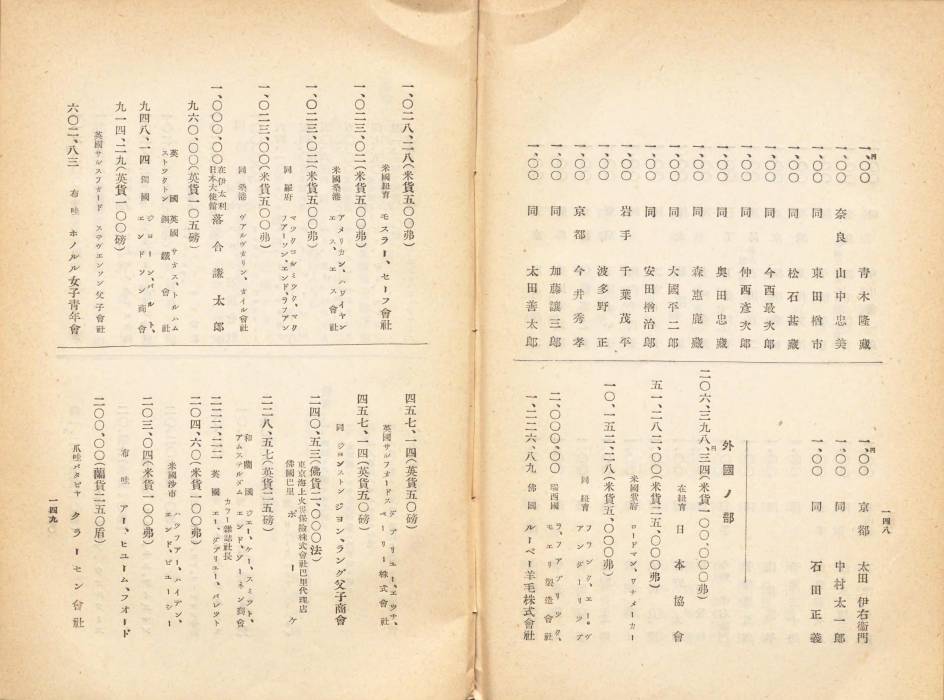
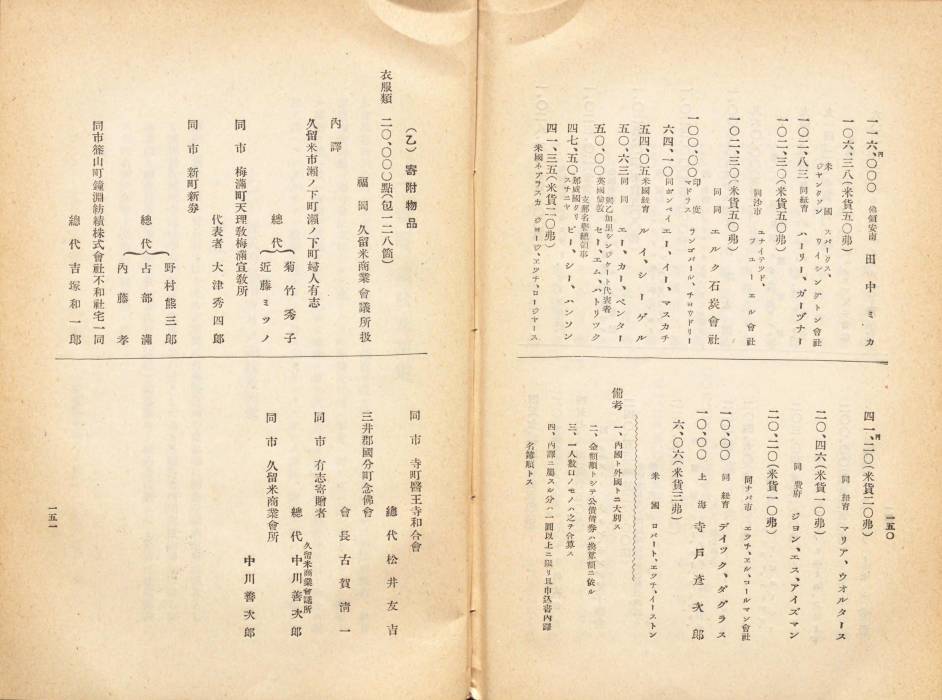
From Daishinsai Zengokai Hokokusho, Daishinsai Zengokai, 1925【369.31-D17d】(Available with Digitized Contents Transmission Service)
Related Information
- Kaleidoscope of Books The Dawn of Modern Japanese Architecture Before and After the Great Kanto Earthquake
- Kaleidoscope of Books Taisho Democracy and Media Sengo Kyoko to the Great Kanto Earthquake(Only available in Japanese)
- Modern Japan in archives Great Kanto Earthquake of 1923
- 100 YEARS OF Japanese Emigration to Brazil
References
- KITAHARA Itoko, Shinsai Fukko wa do Hikitsugareta ka:Kanto Daishinsai・Showa Sanriku Tsunami・Higashinihon Daishinsai, Fujiwara Shoten, 2023【EG77-M970】
- MATSUBA Kazukiyo, “Teito Fukkoshi” wo Yomu, Shinchosha, 2012【EG77-J781】
- Cabinet Office Japan Disaster Management in Japan Saigai Kyokun no Keisho ni Kansuru Senmon Chosakai Hokokusho “1923 Kanto Daishinsai dai 3 pen”(March 2009)‘Teito Fukko no Tenkai’(Only available in Japanese)

